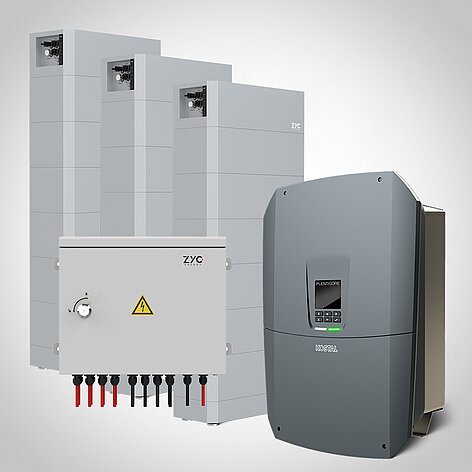
KOSTAL and ZYC – Store up to 230 kWh easily with Plug-Click-Go
KOSTAL PLENTICORE plus G2 and PLENTICORE G3 compatible with ZYC SIMPO HV Combiner Boxes SCB 30 and SCB 80 – for flexible storage solutions up to…


KOSTAL PLENTICORE plus G2 and PLENTICORE G3 compatible with ZYC SIMPO HV Combiner Boxes SCB 30 and SCB 80 – for flexible storage solutions up to…
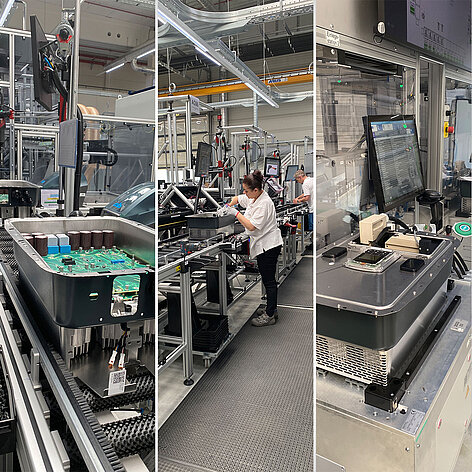
Production start for KOSTAL PLENTICORE MP in Hagen – Single-phase inverter for international markets
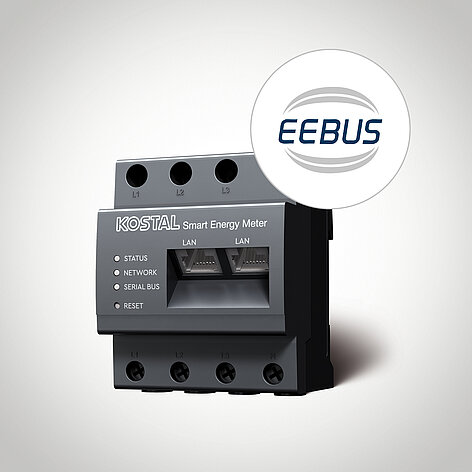
Device Smart Energy Management with EEBUS: KOSTAL Smart Energy Meter G2 Ready for the future.
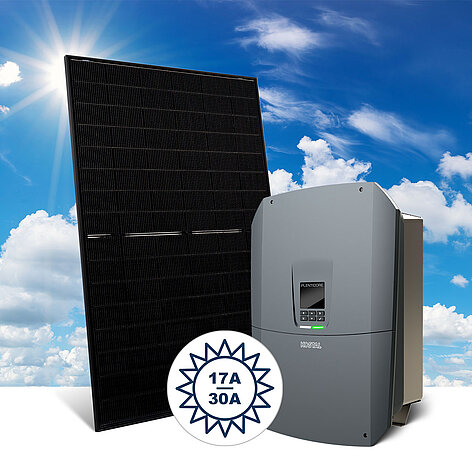
KOSTAL – as a leading provider of innovative inverter solutions – is taking photovoltaic technology to the next level in terms of power and…
![[Translate to English:] Made in Europe Bonus [Translate to English:] Made in Europe Bonus](/fileadmin/_processed_/c/a/csm_KOSTAL_Wechselrichter_Made_in_Europe_Bonus_383c73454c.jpg)
The Austrian EAG clearing house has officially added KOSTAL inverters from the PLENTICORE and PIKO series to the whitelist for the ‘Made in Europe’…
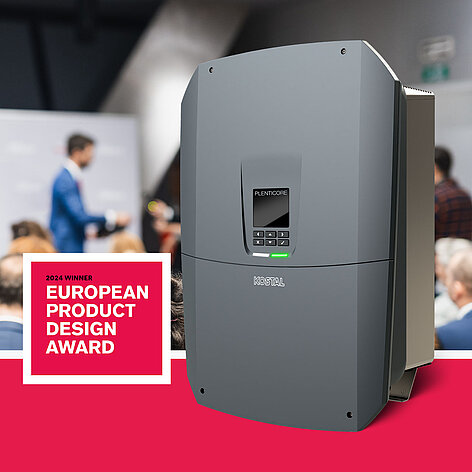
World’s First and Only Inverter with Expandable Power and Features Receives International Recognition

KOSTAL supports charitable organizations with a limited edition of the ENECTOR wallbox.
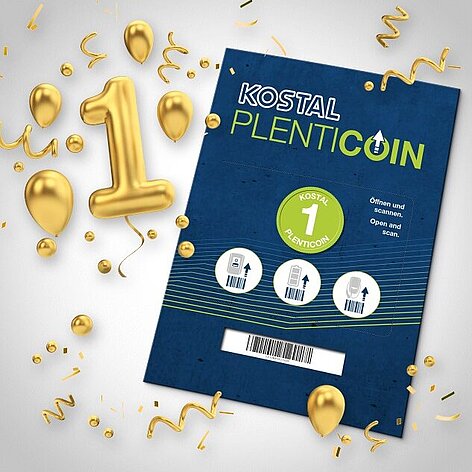
For a year now, KOSTAL has been revolutionising the way specialist tradesmen and customers access product extensions for inverters and wallboxes with…
![[Translate to English:] KOSTAL Solar Plan](/fileadmin/_processed_/8/b/csm_kostal-solar-plan-webversion-hero_474dfeed9f.jpg)
Plan PV systems even faster and more accurately with the new interface between K2 Base and KOSTAL Solar Plan.
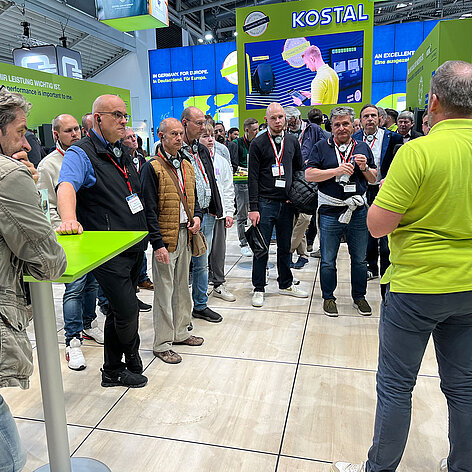
Three intensive days at the trade fair, many professional visitors and great interest in innovative technology: KOSTAL draws a consistently positive…